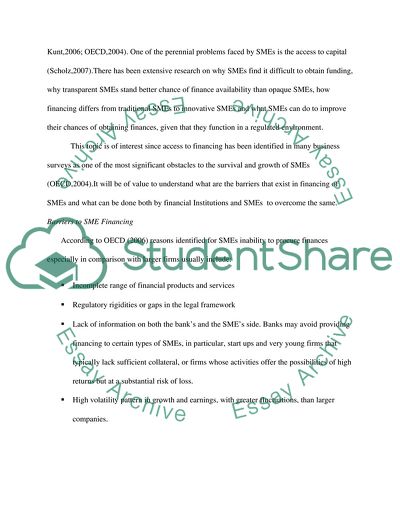Cite this document
(“Overcoming Barriers to Credit Availability for SMEs Dissertation”, n.d.)
Overcoming Barriers to Credit Availability for SMEs Dissertation. Retrieved from https://studentshare.org/finance-accounting/1542130-overcoming-barriers-to-credit-availability-for-smes
Overcoming Barriers to Credit Availability for SMEs Dissertation. Retrieved from https://studentshare.org/finance-accounting/1542130-overcoming-barriers-to-credit-availability-for-smes
(Overcoming Barriers to Credit Availability for SMEs Dissertation)
Overcoming Barriers to Credit Availability for SMEs Dissertation. https://studentshare.org/finance-accounting/1542130-overcoming-barriers-to-credit-availability-for-smes.
Overcoming Barriers to Credit Availability for SMEs Dissertation. https://studentshare.org/finance-accounting/1542130-overcoming-barriers-to-credit-availability-for-smes.
“Overcoming Barriers to Credit Availability for SMEs Dissertation”, n.d. https://studentshare.org/finance-accounting/1542130-overcoming-barriers-to-credit-availability-for-smes.


